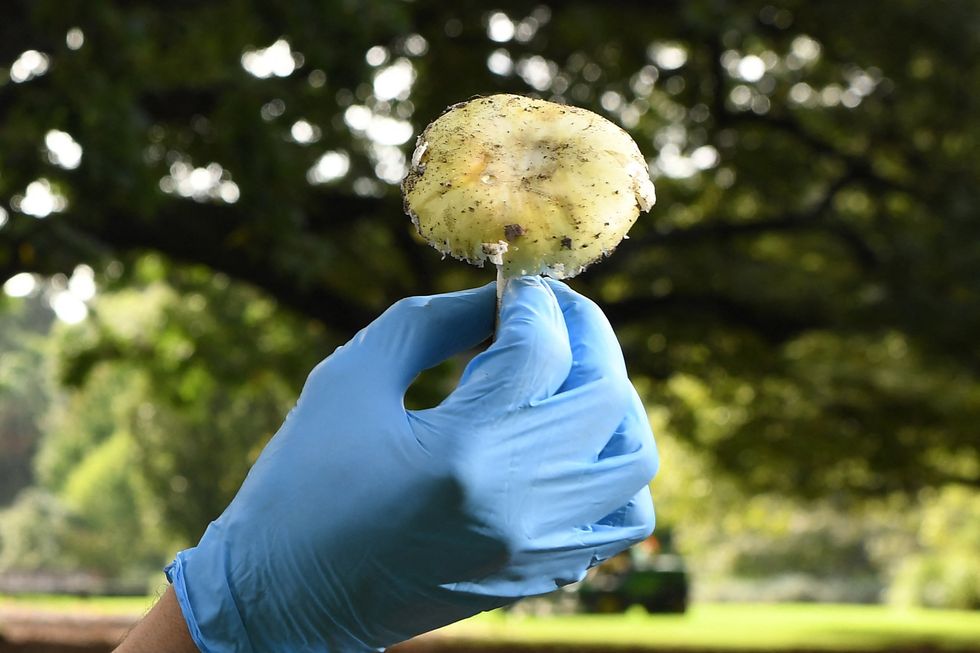Australian woman Erin Patterson has been found guilty of three counts of murder and one count of attempted murder after serving extended family members a lunch laced with deadly death cap mushrooms.
The incident in July 2023 hit headlines around the world after several relatives of Patterson, 50, fell gravely ill after she served them individual beef wellingtons at her home in Leongatha, Victoria. Only one of them survived.
Patterson’s in-laws, Don and Gail Patterson, as well as Gail’s sister, Heather Wilkinson, died within days of consuming the deadly fungi. Heather’s husband, Ian Wilkinson, recovered following weeks in an induced coma.
A jury of 12 people reached a guilty verdict after around 10 days of deliberation following a 10-week trial during which the prosecution argued Patterson knowingly placed the toxic mushroom in the food.
What is a death cap mushroom and what makes it so lethal?
According to Britannica, the death cap mushroom (Amanita phalloides) is thought to be the deadliest mushroom to humans.
The mushroom is native to Europe and the British Isles, but exists as an invasive species on every continent apart from Antarctica.
The mushroom contains three primary types of mycotoxin – a toxic substance that cannot be destroyed by cooking, freezing or drying.

In death caps, these are: amatoxins, phallotoxins, and virotoxins.
Amatoxins are a potent toxin that is highly damaging to the human liver. It can also affect the kidneys and other organs. The toxins stop DNA production, which can ultimately lead to liver failure, kidney failure, coma and death.
It is thought that just half of a death cap mushroom contains enough toxin to kill a human adult.
Death cap mushrooms are responsible for the majority of mushroom poisonings across the world, with some being fatal. Its appearance varies in colour, from greenish to brown, however it is sometimes all white. It can also resemble types of non-poisonous mushrooms.
Why not read…
Climate change could make fungi more infectious and dangerous to humans
Scientists warn of 'silent pandemic' caused by deadly fungus infections














